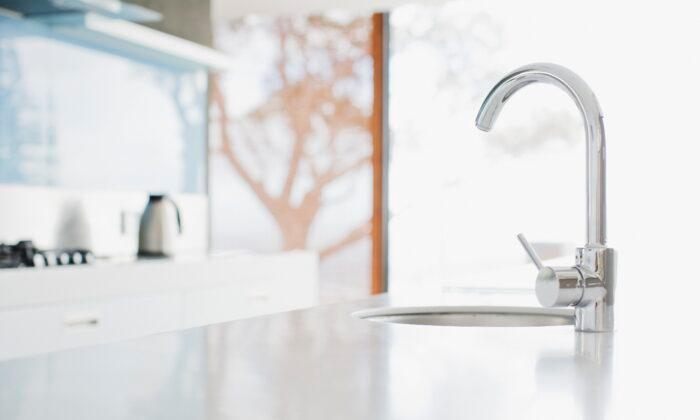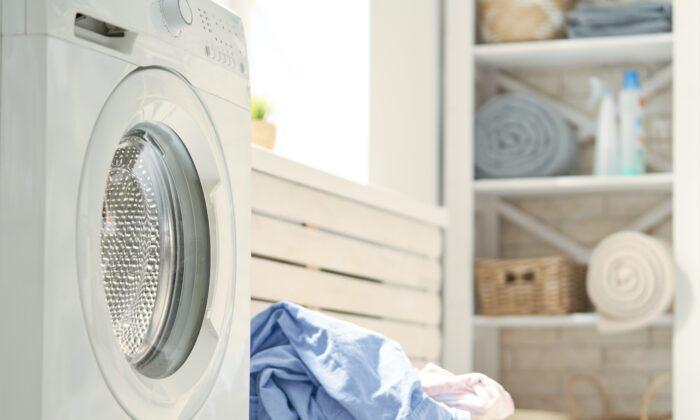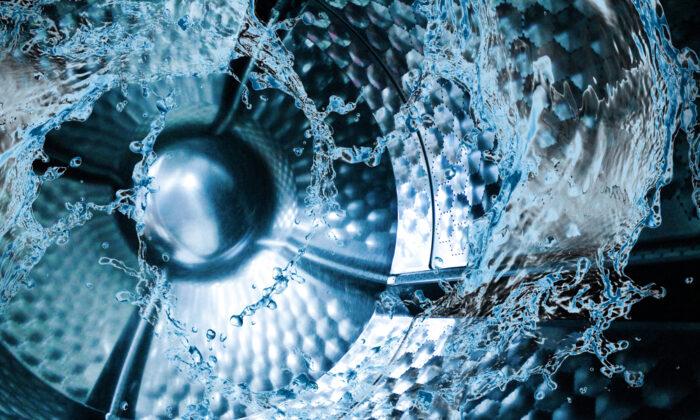Most of us would probably point to a bathroom or frequently used outside entrance if asked to name the dirtiest area of the house—but dirt lurks in some unexpected places. Here’s what to tackle during your next cleaning session.
Faucets
If you’ve never removed the filter on the end of your faucet, you might find black, mildewy grunge that’s been filtering through the water you drink and use to brush your teeth with.Clean it: Every couple of months, remove the faucet aerator by twisting it counterclockwise, then soak it in vinegar for at least 15 minutes. (Take note of how it goes back together.) Gently brush all parts with a toothbrush to remove any remaining residue, rinse well, then screw it back on.
Handles and Switches
Think refrigerator door handles, light switches, and, of course, the toilet flush handle. Handles are easily overlooked in cleaning because they’re small, and most people focus on the big things, like floors and countertops. Yet everyone touches them, so they have the most opportunity to pick up germs.Clean it: Use a microfiber cloth dampened with your favorite cleaning product to wipe down handles and switches during your normal cleaning routine.
Above Your Kitchen Cabinets
That no man’s land between cabinets and ceiling is a case of out of sight, out of mind, leaving it free to collect forgotten platters, neglected house plants, and plenty of dust and grime.Clean it: Break out the stepladder and your vacuum’s hose attachment (or a wet/dry vac). A small hand broom and dustpan will do the trick, too. The space will likely not accumulate enough dust to warrant a cleaning every week, but once a month or so should do the trick. Do this task first, so any stray dust will land on surfaces you have yet to clean.
Your Bathtub
Any standing water that lingers after a shower or bath may encourage the growth of mold, fungi, and staph bacteria.Clean it: Your tub or shower surface should be dried off after each use to reduce bacteria growth. Disinfect regularly, too—up to three times weekly for tubs used daily by multiple family members. Fill a spray bottle with a product that contains at least 3 percent hydrogen peroxide and keep that near the tub. Lightly mist a dry tub, and you’re done. For whirlpool tubs, cycle disinfectant through the pipes monthly according to the manufacturer’s directions.
Inside the Refrigerator
Sticky takeout containers and long-forgotten leftovers mingle in an awkward space accessed by multiple hands daily. This means refrigerators are destined not only to be dirty, but to land last on the must-clean list. Ditto for microwaves.Clean it: Avoid using chemical cleaners here. Instead, fill your sink with hot water and dishwashing liquid. Remove items from one refrigerator shelf, then remove the shelf itself. Wash it in the sink, wipe it dry with a microfiber cloth, then replace it in the fridge. Repeat for the remaining shelves.
Your Kitchen Sink
Thanks to all those food particles mingling in a moist environment, the kitchen sink could be dirtier than your toilet post-flush.Clean it: Wash the sink with soap and water daily and disinfect it with kitchen cleaner once or twice a week.
The Walls Around Your Toilet
You think you know it’s bad—but you have no idea how bad. (Hint: Don’t ever put a black light in your bathroom.)Clean it: The best cleaners for the walls around the toilets contain enzymes to break down the organic material. Spray the walls and let sit for at least a few minutes so the enzymes can do their work. Then wipe down with a damp towel.
The Remote Control
Hands in all states of cleanliness handle it often. Yet it’s rarely wiped clean, even after a sick day spent channel-flipping, making this one of the germiest objects in your home.Clean it: Use a disinfectant wipe to clean remotes often. To get in between the buttons, try a cotton swab dipped in rubbing alcohol.
Under, Alongside, and Behind Your Stove
Think of all the times you’ve spilled something between the stove and the counter and not cleaned it up. Ambient heat from the stove creates the perfect place for germs to thrive.Clean it: You’ll have to pull the stove away from the wall. Make this easier and protect your flooring with furniture sliders under the feet of the stove. (A bath mat with the carpet-side down works, too.) If you have a gas stove with a flexible hose, pull until the hose is almost—but not fully—extended. Once it’s pulled out, scrape off buildup with a plastic putty knife, then spray the sides of the oven with oven cleaner. Use a good all-purpose cleaner on the adjacent cabinets and floor.
Inside Your Toothbrush Cup
Not only are these hard to clean, they’re usually positioned near the toilet, which may spray small amounts of fecal debris when flushed. This offender is a simple fix: Keep toothbrushes in a moveable, easy-to-clean cup.Clean it: Soak the cup in warm water mixed with a little bleach for a half hour. Rinse, then soak in clean water for another 30 minutes to remove the bleach residue. Better yet, use a cup you can toss in the dishwasher instead.
Better Homes and Gardens is a magazine and website devoted to ideas and improvement projects for your home and garden, plus recipes and entertaining ideas. Online at BHG.com Copyright 2022 Meredith Corporation. Distributed by Tribune Content Agency, LLC.





Friends Read Free